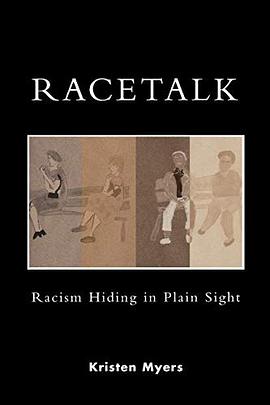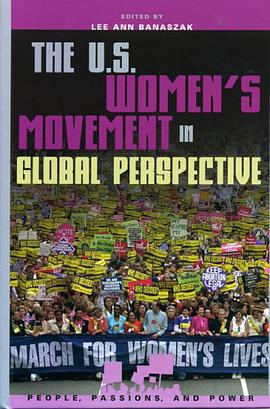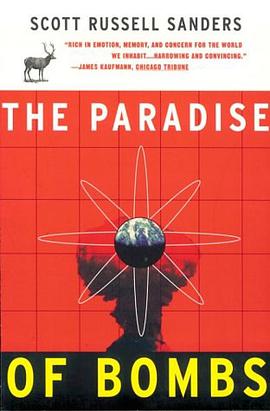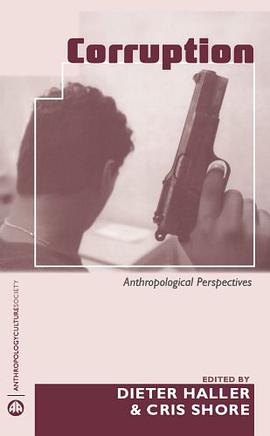

Discovered in 1976 by Sheets, and under continuous excavation and study since, the spectacular Ceren site provides us with an unusually clear window into the ancient past with which to view family activities on the frontier of the Mayan civilization. Since volcanic ash did not allow people to selectively remove artifacts, the site is well-preserved and it also largely stopped natural processes of decomposition offering this rare opportunity to study the Mayan past through household archaeology. Known as the New World Pompeii, this study provides a detailed portrait of the life, houses, artifacts, and activity areas of the people who supported the elites with labor, food and goods. As Sheets says, "With any civilization that's being studied, if the households of commoners aren't being investigated, you've eliminated the bulk of the population. How can you understand the society if you ignore most of the people? It's like an ethnography. Only we can't interview people, so their possessions have to speak for them." Art and images from the author's own collection help illuminate the discussions and bring them to life, while the author's discussion of his personal trials and triumphs add a more human dimension to working in the field.
具体描述
读后感
评分
评分
评分
评分
用户评价
相关图书
本站所有内容均为互联网搜索引擎提供的公开搜索信息,本站不存储任何数据与内容,任何内容与数据均与本站无关,如有需要请联系相关搜索引擎包括但不限于百度,google,bing,sogou 等
© 2025 book.wenda123.org All Rights Reserved. 图书目录大全 版权所有




















